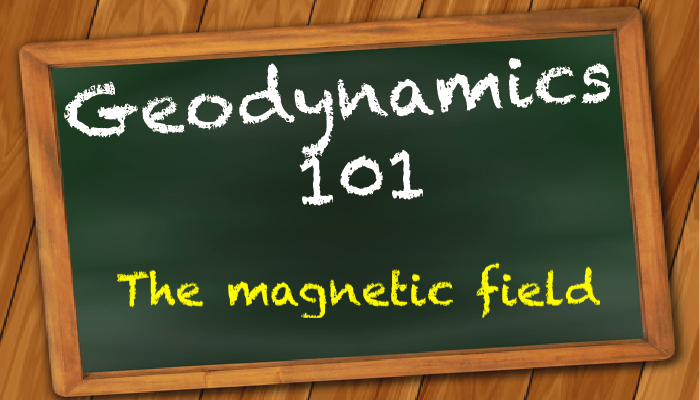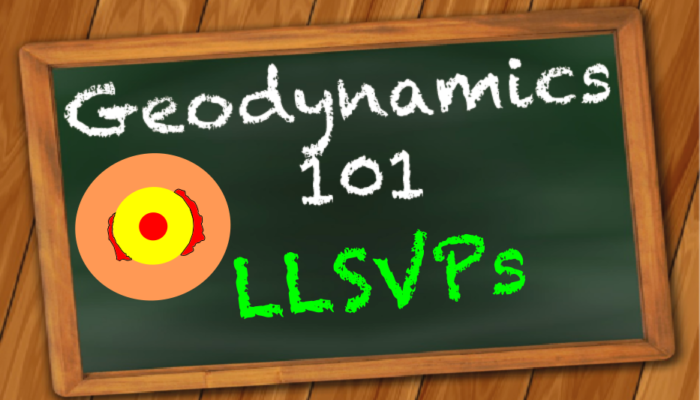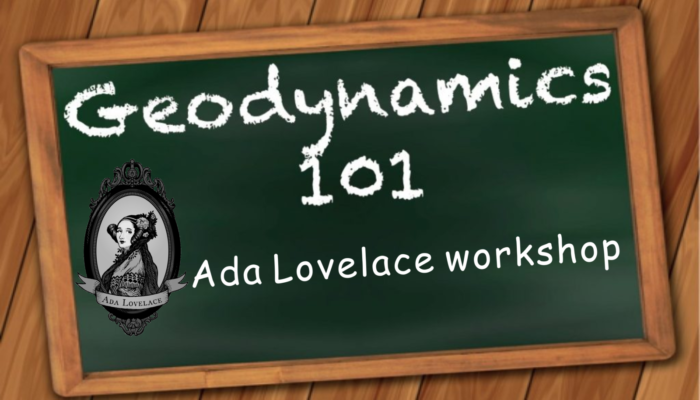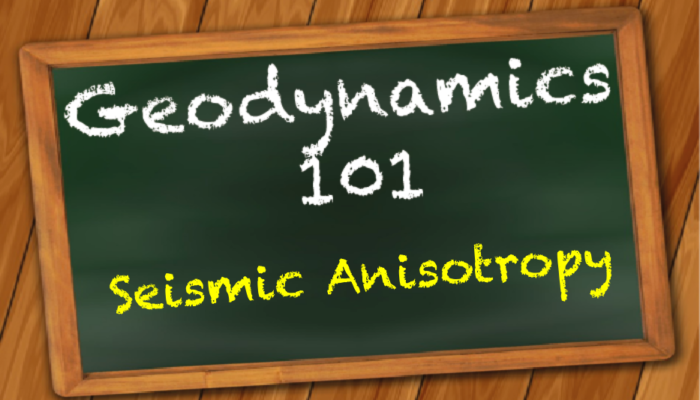The Earth’s magnetic field plays a prominent role in our everyday life. From birds and bees to many modern-day technologies rely on the magnetic field, and yet, our understanding on its long- and short-term behavior is far from complete. In this week’s post, Annique van der Boon shows how geology and paleomagnetic studies can help us in understanding the long-term activity of EarthR ...[Read More]
LLSVPs: Mysteries in the Deep Mantle
Did you know that there are big, blob-like anomalies in the deep mantle which are larger than a continent and rise up to hundreds of kilometers from the core-mantle boundary? Today’s post is all about those blobs and what we know and do not know about them. If you want to know more about why these blobs are so interesting to study, check out this other cool blog post by Jamie Ward. If you look at ...[Read More]
101 about Ada Lovelace Workshop on Modelling of Mantle and Lithosphere Dynamics
2022 Ada Lovelace Workshop on Numerical Modelling of Mantle and Lithosphere Dynamics is finally coming! Have you got started packing for travelling to Hungary? I got you something to read about on your way to the workshop. Who is Ada Lovelace? The workshop, previously known as the ‘International Workshops on Mantle and Lithosphere Dynamics’, was renamed in 2018 by the EGU Topical Events Committee ...[Read More]
Into the anisotropic Earth
While we have sent several rovers to Mars, drilling down even just to the mantle of our own planet is a challenge that we are yet to overcome. How is it then that we know all these things about our planet’s interior? It turns out, we do not need to be inside the Earth to know what is happening there. Observations from geophysics and geochemistry can inform us about the processes and the properties ...[Read More]




